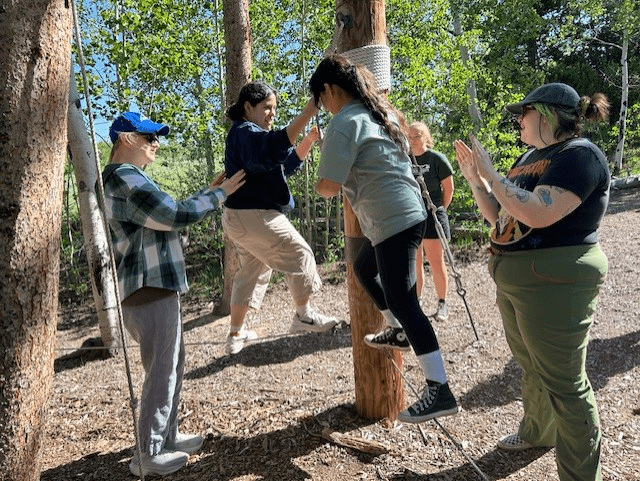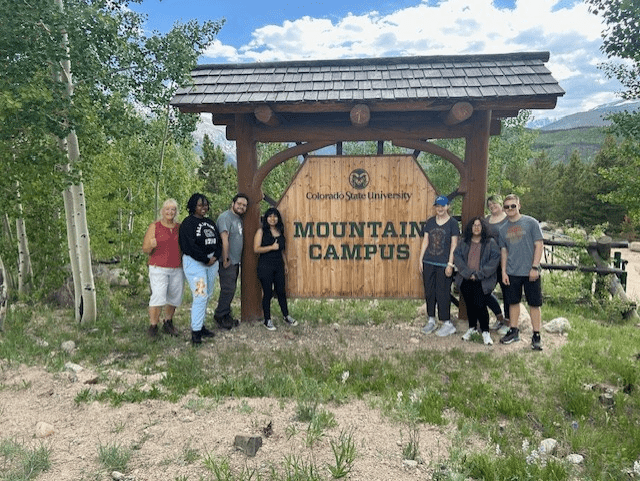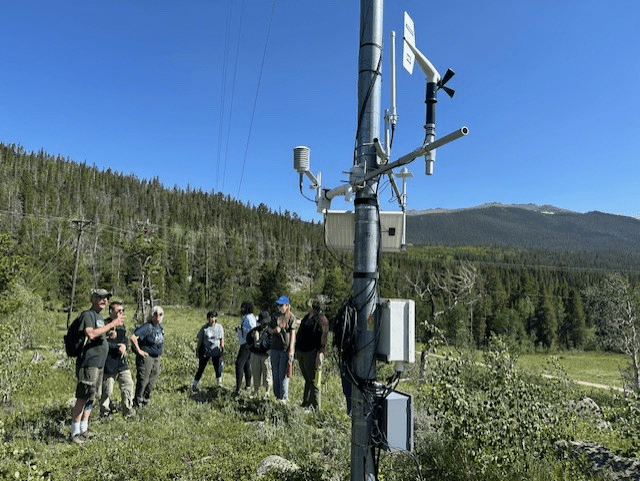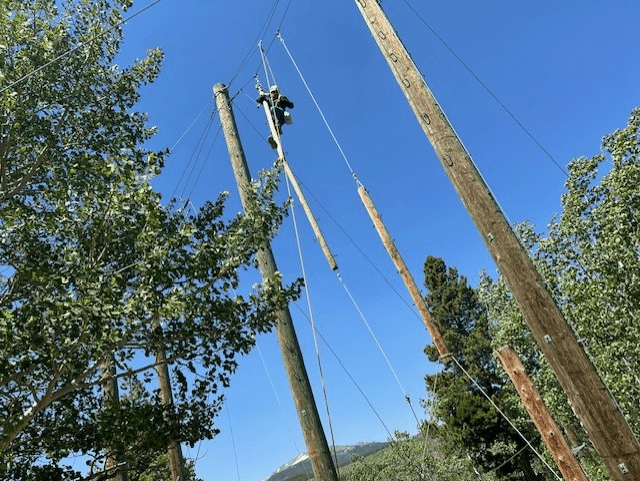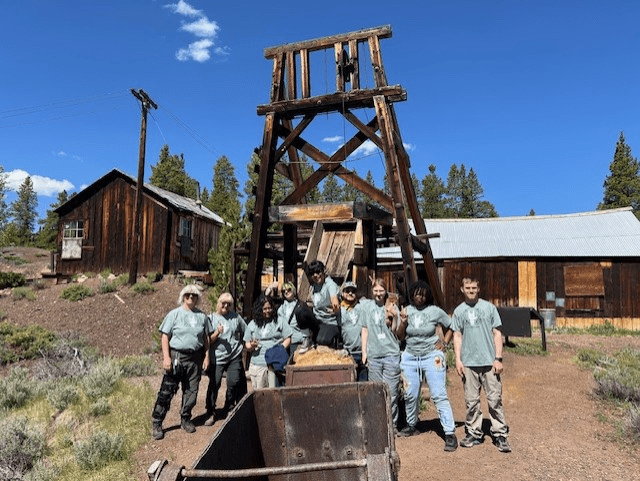Summer course in the Colorado mountains inspired Environmental students
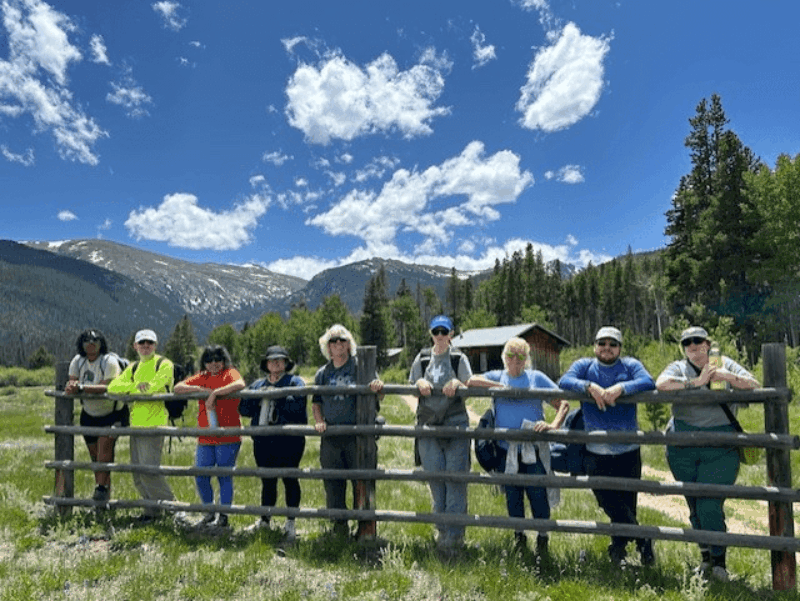
“Environmental Mountain Ecology” probably is not a course you would expect to see offered at Cincinnati State, a Midwestern college located in the Ohio River Valley.
And if you did think about Cincy State students making a trip to mountains, you might assume they would be visiting the Appalachians, only a half-day’s drive from the Cincinnati State campus.
However, in June 2025, seven Cincinnati State students participated in a 10-day field course in the Rocky Mountains of Colorado, led by Dr. Ann Gunkel, Program Chair for Environmental Engineering Technology (EVT), and Senior Lab Technician Lisa Bacu.
This year was the 10th offering of the EVT 172 Mountain Ecology course, which was first implemented in 1998 and generally has been available every two or three years, except for Covid disruptions to the schedule.
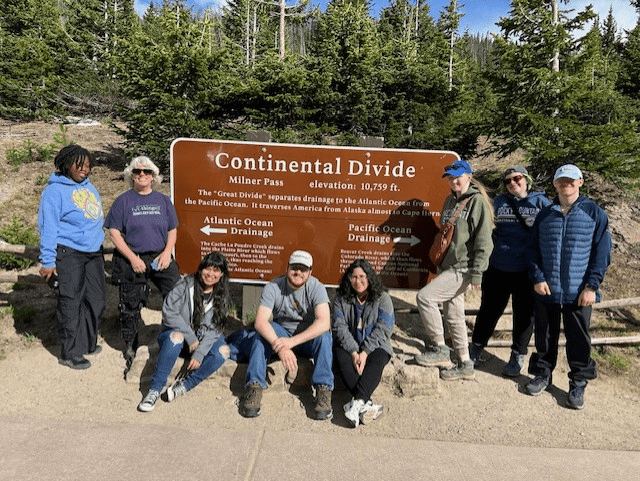
According to Dr. Gunkel, a primary goal of the course is to expand students’ understanding of environmental issues and encourage them to consider careers in the field.
“The course provides students with hands-on training in areas that can’t be learned in the local region, and provides a broad exposure to environmental careers, issues, and potential solutions,’’ Gunkel said.
Course goals for students include learning to apply innovative thinking to a variety of environmental issues, and then presenting those issues and potential solutions in ways that can be understood by professionals and the public. The course also emphasizes the value of teamwork and experiential learning in an unstructured atmosphere.
“Observing the natural environment during quiet reflection can be an awesome learning experience,” Gunkel said. She noted that many of the participating students had never experienced an environment outside of the urban Cincinnati area, and several had never flown on an airplane before.
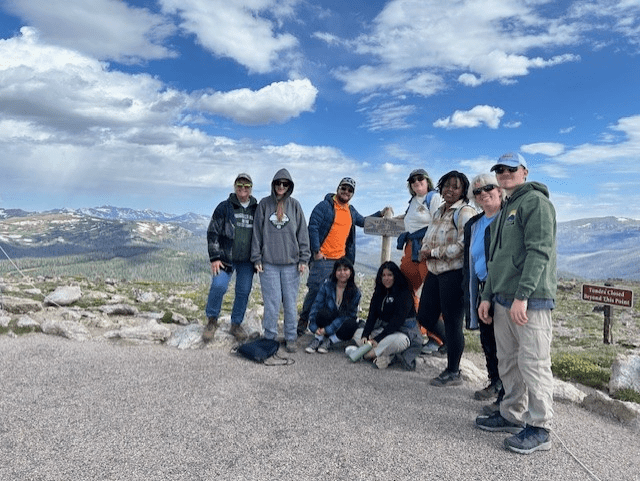
Course participant Galy Jasso said, “The trip to Colorado was a great opportunity, and I think I’ll remember it all of my life. It was my first time flying on my own, without my family, and I saw sights I had never seen before– I took a picture of the mountains almost every day of the trip. The hands-on learning was engaging and applying previous knowledge from the classroom part of the course made it even better.”
The course began on campus at Cincinnati State during Spring Semester 2025. Students met for two hours per week, for 15 weeks, to gain background information on mountain habitats and hazards, learn about human impacts on mountain ecosystems, and develop their knowledge of field sampling and monitoring techniques.
Then from June 19 to June 30, students traveled to Colorado for the field portion of the course. Activities included:
- Visiting Colorado State University’s Mountain Campus located in the Roosevelt National Forest, two hours west of Ft. Collins, Colorado. Here students experienced team-building exercises on a ropes course, took a half-day hike to acclimate to the high altitudes, saw a moose(!), and conducted air monitoring field exercises led by Cincinnati State adjunct instructor George Schewe, who joined the group for three days.
- Touring the CSU Mountain Campus’s water and wastewater facilities, and learning about forest fires and fire suppression as well as the pine beetle infestation.
- Studying vegetation, birds, mammals, geological zones, and riparian (wetlands) zones while hiking along mountain trails and in the foothills.
- Hiking in the tundra along Trail Ridge Road (at an elevation of over 12,000 feet), and visiting the Continental Divide.
- Conducting studies in Rocky Mountain National Park, including a hike to Adams Falls and an afternoon of water testing.
- Touring the Three Lakes Sanitation District Sequencing Batch Reactor Wastewater Treatment Facility in Grand Lakes, and discussing water management issues in Colorado.
- Summitting Vail Mountain (elevation over 10,000 feet); seeing big horned sheep, marmots, and pikas (small mammals related to rabbits); visiting the Vail Nature Center; and following the Ecology Trail to learn about differences between spruce and fir trees, and how western pioneers used horsetail ferns, dandelions, and other useful plants.
- Touring Climax Mine in Leadville, which is Colorado’s major mining operation for the metal molybdenum, and visiting Leadville’s National Mining Museum to learn about benefits and detriments of mining and how molybdenum is used.
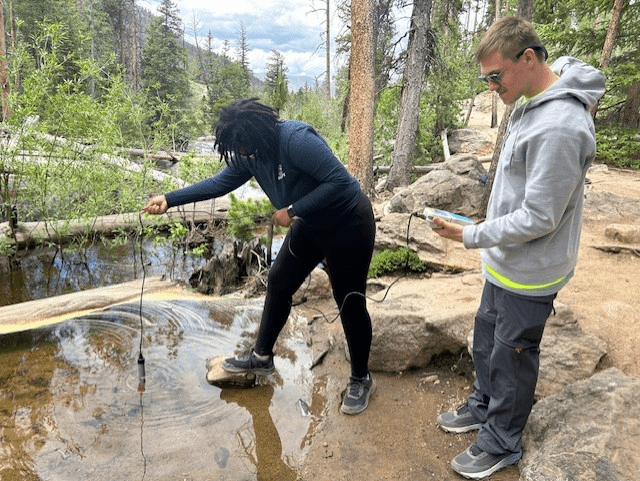
After returning to Cincinnati, students prepared research papers and presentations about what they learned in the field course.
Gunkel said students who complete EVT 172 often come back to their Cincinnati State classes with increased motivation for environmental studies and careers.
“Students come home from this course expressing desire not just to participate in local environmental issues and careers, but demonstrating desire to protect the environment and work on a regional or global scale,’’ Gunkel said.
Course member La’star Pugh commented, “Seeing Colorado’s nature systems up close made the problems that we study feel more urgent, and worth solving.”
Dr. Gunkel is always on the lookout for grants, sponsors, donors, or other ways she can help reduce the cost and make it possible for more students to participate in this unique learning experience. If you would like to help or want more information about the Mountain Ecology course, send a message to Dr. Gunkel at ann.gunkel@cincinnatistate.edu.
(Reporting and photos provided by Ann Gunkel)
